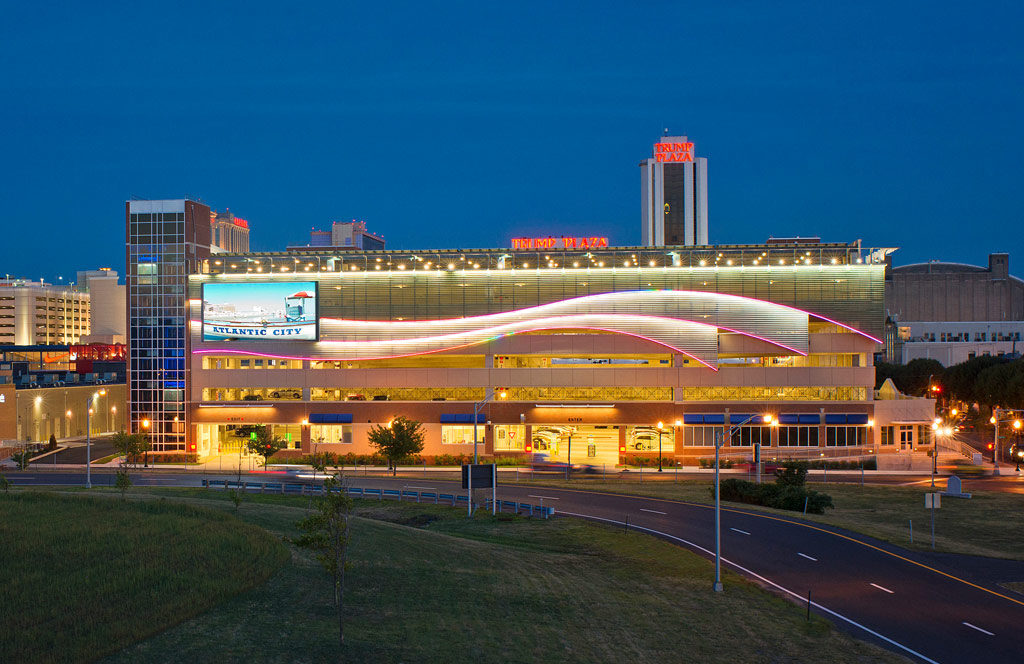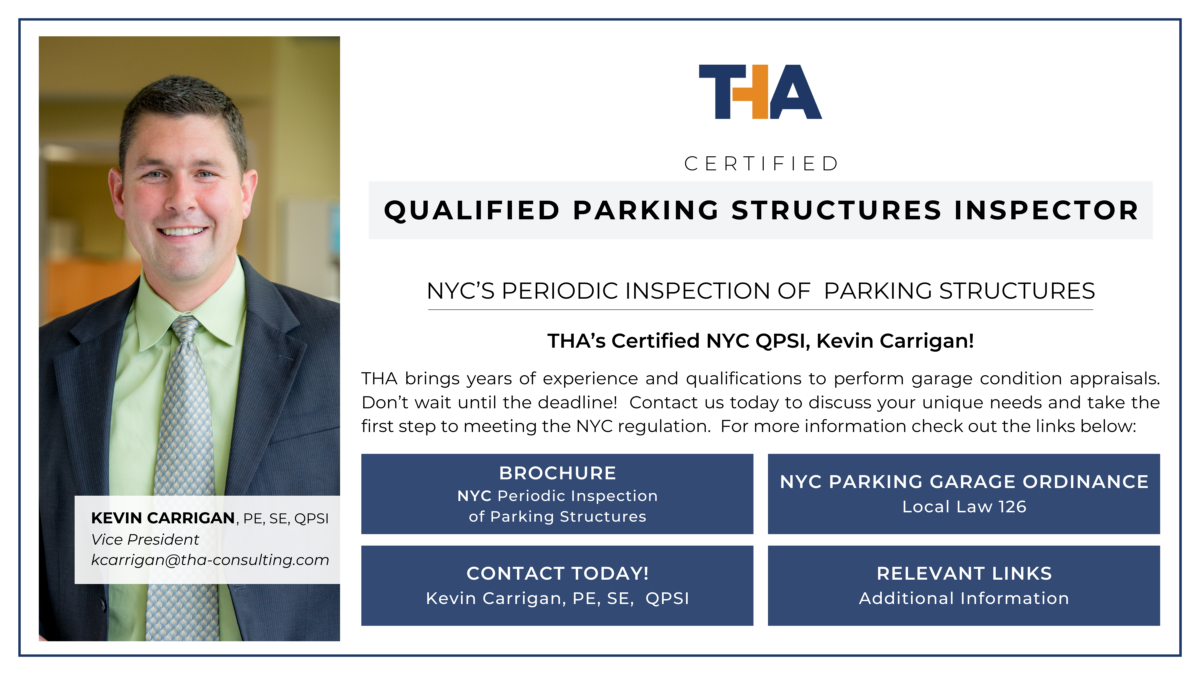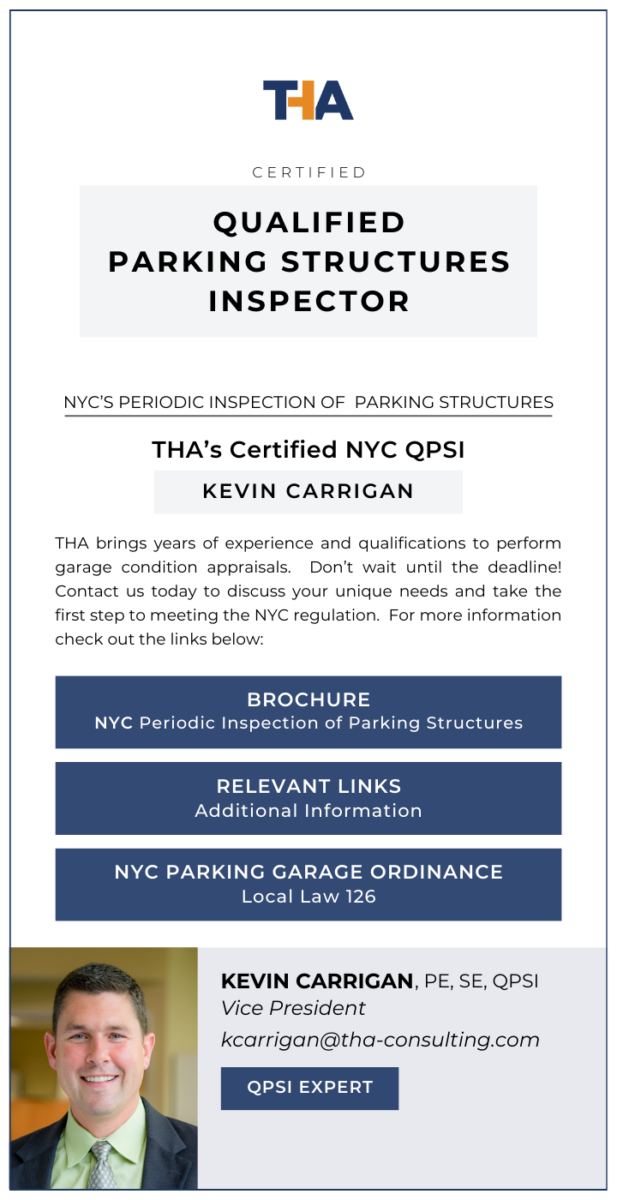Upping the Ante on Parking Planning and Design
Atlantic City is well known for its exciting atmosphere, vibrant nightlife, and boardwalk that’s alive with casinos, shops, and restaurants. People from all over the world visit the city to gamble, play on the beach, and experience an affordable and family-friendly alternative to Las Vegas. There’s no doubt that Atlantic City is a great destination for a quick weekend getaway or a long summer vacation.
As is the case with many major redevelopment plans, the need to right-size parking is an issue that’s proven to be a struggle for many government entities. Unlike other cities, Atlantic City experienced no shortage of parking for patrons of its casinos, most of which had their own parking facilities. However, the CRDA recognized that to support ambitious plans for growth within the community, they would need to increase parking capacity to accommodate additional demand.
The result of that is The Wave Parking Garage & Mixed-Use Center: a state-of-the-art mixed-use parking facility featuring impressive elements that make it a unique destination while providing for both current and future parking demands generated by the city’s master plan efforts.
The CRDA elected to use an already-disturbed property as the site for The Wave, rather than taking away any of the city’s green space. Originally, the site included a parking lot, community center, and fish market. The location was very important not only for the success of the project, but as it related to sustainability as well, marrying transit-accessibility with urban infill and a location near other mixed-use destinations. The Wave builds on these foundations to increase density and provide efficient parking resources.
The CRDA’s forward-thinking approach to sustainability is evident throughout the design of The Wave. The 54,000 square-foot roof of the garage features a large 400kW solar panel array with 1,677 solar panels. The energy generated by the solar array helps significantly offset the energy use inside the garage.
The facility also features six electric vehicle charging stations, and there are provisions for the installation of 14 additional stations in the future. The inclusion of these stations brings the concept of sustainability to the forefront and is intended to promote and support the use of electric vehicles.
The Wave is a great example of using parking to promote and enhance large-scale community redevelopment efforts. No one involved has any doubt that it will be an essential piece of infrastructure that greatly supports the impressive Tourism District Master Plan effort both now and into the future.
This abridged article is from the September issue of The Parking Professional.
To read the entire article, please click this link: Upping the Ante on Parking Planning and Design




